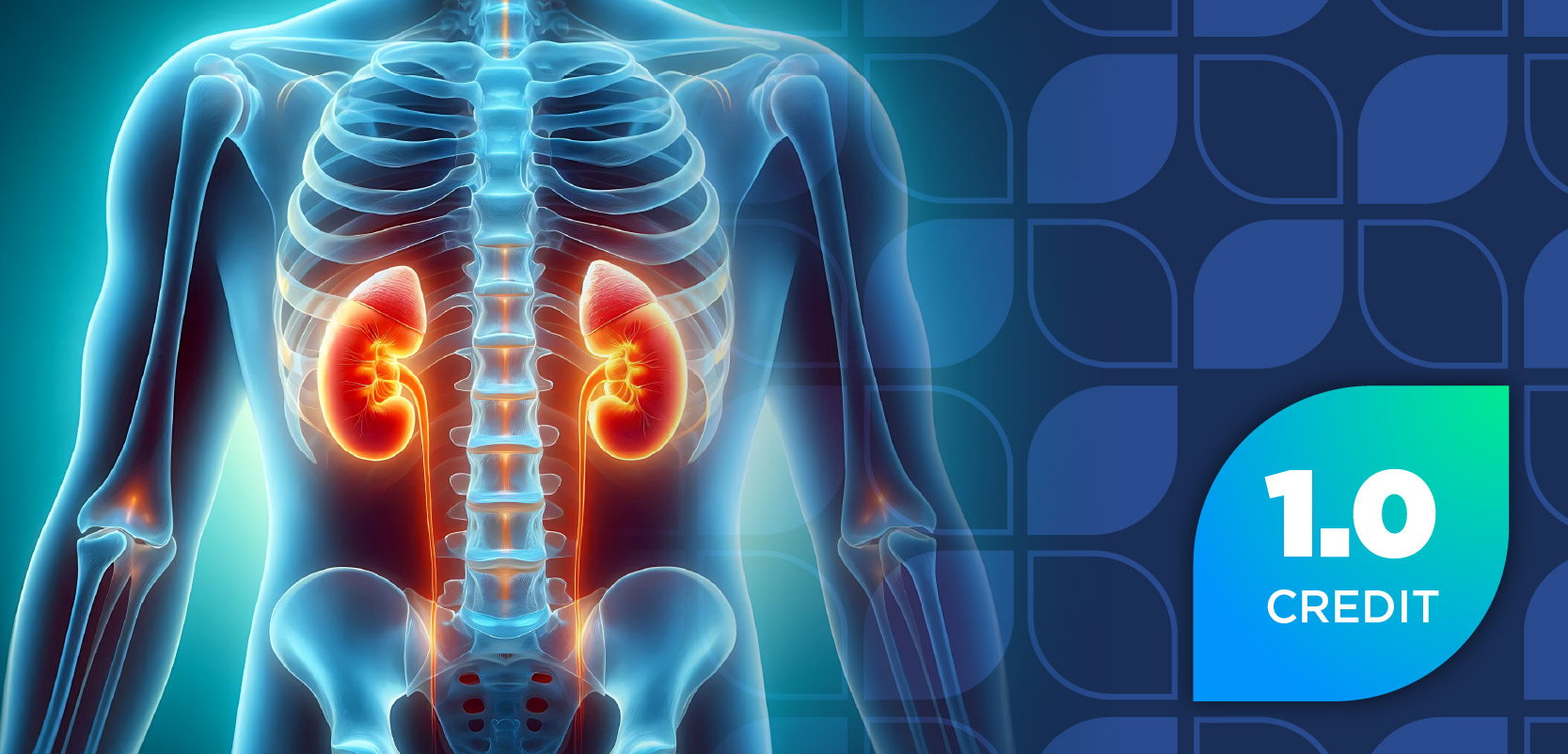
Antiretroviral Therapy Not Associated with Hypertension in Patients with HIV
Antiretroviral drug treatment was not found to be a cause of the higher prevalence of hypertension in persons infected with HIV.
Antiretroviral drug treatment (ART) was not found to be a cause of the higher prevalence of hypertension
in persons infected with HIV
in an analysis from the largest surveillance study of ART and cardiovascular disease.
The most recent findings from the Data Collection on Adverse Events of Anti-HIV Drugs (D:A:D) study implicated traditional cardiovascular disease risk factors rather than antiretroviral drugs as predictors of hypertension.
"It is reassuring that we do not find any strong associations between several antiretroviral drugs from the 3 most widely used ART classes and the risk of hypertension, based on data from the largest prospective cohort study that has so far considered this question," Camilla Hatleberg, MD, PhD, Department of Infectious Diseases, Rigshospitalet, Copenhagen, Denmark, told
Hatleberg and colleagues explained that there has been uncertainty over whether exposure to ART poses an additional risk for developing hypertension, but that the studies which have suggested the association have examined smaller populations over shorter periods and considered fewer potential confounders than the present analysis.
In their new assessment from the D:A:D study, an observational, multinational cohort collaboration across the US, Europe and Australia, Hatleberg and colleagues examined data collected prospectively at routine clinic visits of over 33,000 persons treated for HIV who were enrolled beginning in January 1999.
Subjects included in the study were normotensive without antihypertensive drugs at baseline, not diagnosed with hypertension within 6 months after baseline, and had at least two blood pressure measurements in their record. They were followed through the earlier of either the study end in February 2013, receiving a diagnosis of hypertension at least 6 months after baseline, or for a period of 6 months after their last clinic visit.
Continue reading on
Newsletter
Stay informed on drug updates, treatment guidelines, and pharmacy practice trends—subscribe to Pharmacy Times for weekly clinical insights.

















































































































































































































